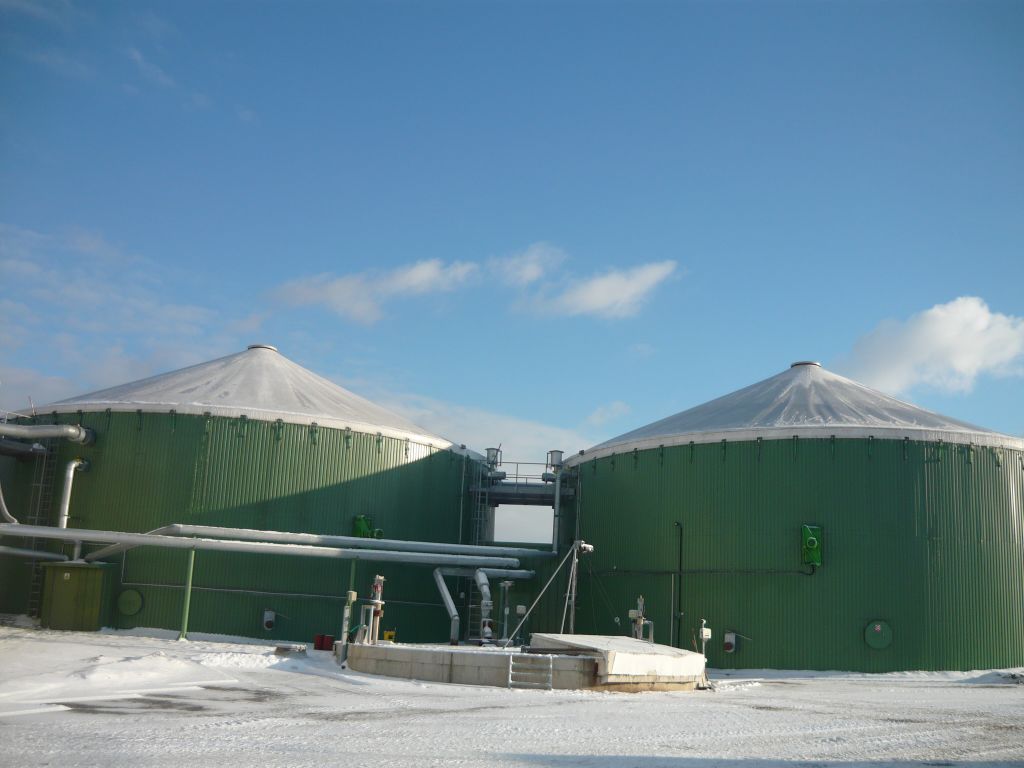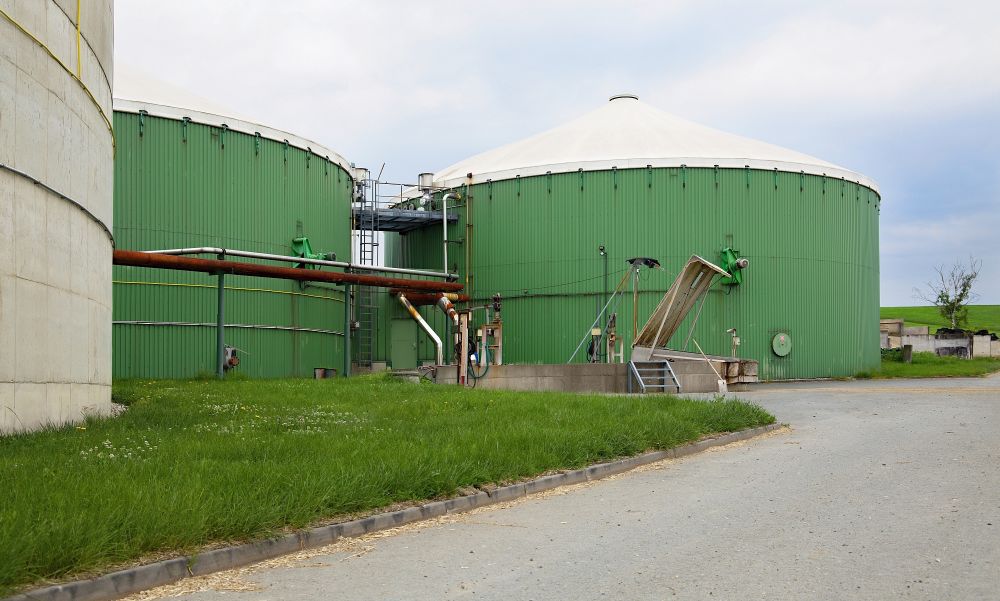EURECA
Good Practices


 Pictures:
Pictures:Photos taken by Jindřich Hemer
Alternative source of energy – Bio gas station in Ostřetín
Country:Main Subject:
Description:
Biogas plants (BPS) represent a fundamental form of renewable energy sources (RES) currently in use. The primary energy source in BPS is biogas, a high-energy fuel generated through biochemical processes during the anaerobic breakdown of organic materials. These materials can include efficiently grown biomass, agricultural waste biomass, or municipal organic waste.
A BPS serves as a sustainable alternative to natural gas extraction, boasting greater environmental friendliness by eliminating waste generation that burdens the ecosystem. Within a biogas plant, a controlled fermentation process transforms moist biomass into biogas. This technology finds widespread application, particularly in agricultural cooperatives, where it efficiently processes liquid and solid livestock waste, as well as silage.
The output of a biogas plant comprises electricity, which is fed into the energy grid, and heat, available year-round. This heat is used in various applications, including household heating, water heating, and agricultural product drying. According to data from the Czech Biogas Association, there were 481 biogas plants in the Czech Republic by the end of 2013, with a total installed capacity of 363.24 MW. These plants accounted for approximately 20.7% of the energy generated by renewable sources, constituting about 2.5% of the nation's total electricity production.
Unlike wind or solar power plants, BPS is categorized as a regulated renewable energy source. Biogas can be stored, allowing for energy generation even under adverse weather conditions. Furthermore, BPS can process waste materials to produce electrical and thermal energy, contributing to the sustainable management of biodegradable waste in any given region.
A good example of a biogas plant is found in the village of Ostřetín, boasting an electrical output of 844 kW and primarily utilized for processing surplus agricultural production. This plant consists of three main components: a preparation area for mixing cattle excrement, slurry, manure, and biomass; two fermentation units where biogas is produced; and a digestion tank. The final components include an engine for gas combustion and a generator for electricity production.
All input materials undergo anaerobic fermentation in the reactor, resulting in biogas suitable for combustion in a cogeneration unit. The electrical energy produced is fed into the public energy grid, while the generated heat is used to heat the fermentation units and neighbouring facilities. Additionally, the remaining biomass serves as fertilizer for agricultural production. This biogas plant has received financial support from the European Union.
Overall, the operation of biogas plants significantly benefits agriculture in rural areas, creating new job opportunities, reducing greenhouse gas emissions, and providing heat to nearby homes and businesses. Thus, biogas production offers both ecological and economic advantages.
Reference links:
https://www.sunfin.cz/princip-bioplynovych-stanic
https://pardubicky.denik.cz/podnikani/fotogalerie-v-ostretine-otevreli-bioplynovou-stani.html
https://zsostretin.eu/bioplynova-stanice/
https://svetprumyslu.cz/bioplynove-stanice-v-kostce/
https://oenergetice.cz/plyn/bioplyn-a-bioplynove-stanice-v-cr
https://www.nazeleno.cz/energie/energetika/podivejte-se-kde-najdete-v-cesku-bioplynove-elektrarny.aspx
SDG direct/ indirect short justification:
Direct SGDs:
- affordable, reliable, sustainable and modern energy (SDG 7)
Indirect SDGs:
- sustainable and safe rural human settlements (SDG 11)
- responsible consumption and production (SDG 12)
Justification:
SDG 7 Energy produced from biomass is cheaper than energy produced from fossil fuel.
SDG 11 Sustainable and affordable energy leads to independent rural communities on energy produced from fossil fuel.
SDG 12 Surpluses from agricultural production do not have to be stored and ecologically disposed of.
Keywords:
City:
Questions:
- Which natural substances are appropriate for the generation of biogas?
- What are the outcomes of biogas production?
- What is the term used to describe the procedure of generating biogas?
Additional comments:
Basic distribution of bio gas stations.
- Agricultural biogas stations: These facilities produce biogas using inputs from agricultural primary production.
- Industrial BPS: These stations primarily utilize sewage sludge as the main source of biogas.
- Municipal BPS: These stations focus on processing municipal biowaste and household residues,
Authors:
Michaela Vachunová, Roxana Vachunová, Ludmila Kabelová, Jindřich Hemer
Spolek absolventů a přátel zemědělské školy v Chrudimi z.s.




